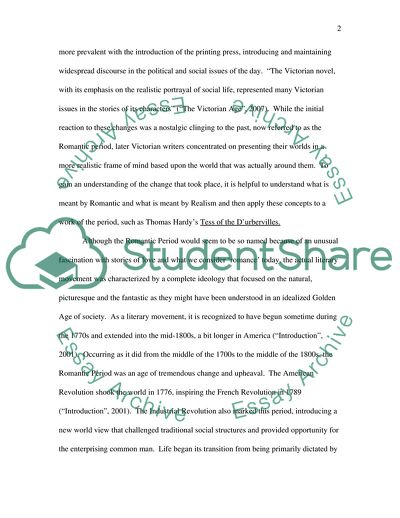Cite this document
(Victorian Realism Essay Example | Topics and Well Written Essays - 1750 words, n.d.)
Victorian Realism Essay Example | Topics and Well Written Essays - 1750 words. https://studentshare.org/literature/1713331-with-the-rise-of-realism-and-downfall-of-romanticism-in-victorian-literature-how-has-the-image-of-reality-changed
Victorian Realism Essay Example | Topics and Well Written Essays - 1750 words. https://studentshare.org/literature/1713331-with-the-rise-of-realism-and-downfall-of-romanticism-in-victorian-literature-how-has-the-image-of-reality-changed
(Victorian Realism Essay Example | Topics and Well Written Essays - 1750 Words)
Victorian Realism Essay Example | Topics and Well Written Essays - 1750 Words. https://studentshare.org/literature/1713331-with-the-rise-of-realism-and-downfall-of-romanticism-in-victorian-literature-how-has-the-image-of-reality-changed.
Victorian Realism Essay Example | Topics and Well Written Essays - 1750 Words. https://studentshare.org/literature/1713331-with-the-rise-of-realism-and-downfall-of-romanticism-in-victorian-literature-how-has-the-image-of-reality-changed.
“Victorian Realism Essay Example | Topics and Well Written Essays - 1750 Words”. https://studentshare.org/literature/1713331-with-the-rise-of-realism-and-downfall-of-romanticism-in-victorian-literature-how-has-the-image-of-reality-changed.


